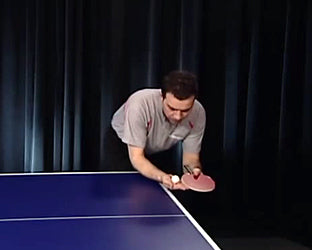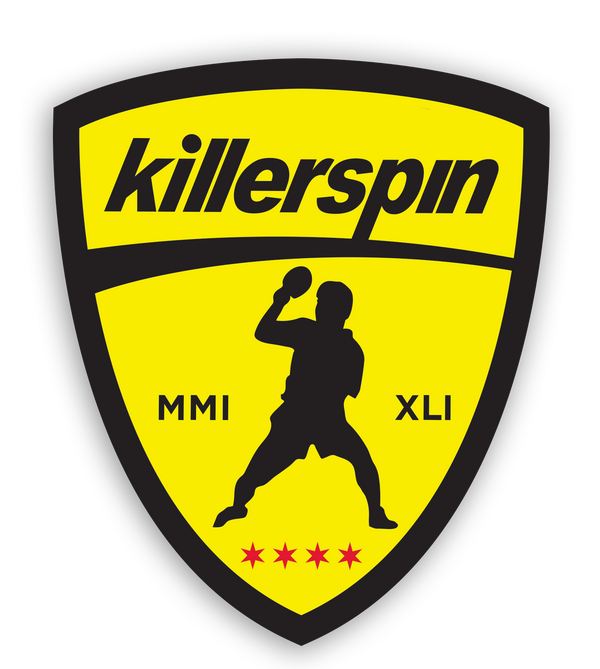
How to Serve in Ping Pong
Service motions are very different from player to player, but the goal is always to impart a controlled amount of spin and to place the ball accurately. The spin can be topspin or underspin, each with varying degrees of sidespin, it is also possible to hit a serve with no spin. Strategically, your serves have to fit your style. Make sure your serves produce the return you like. For example, if you prefer to attack topspin balls, serve more no-spin and topspin serves.
We'll start with some forehand serves. This is a side topspin serve. Notice how Lupe pulls the racket up and sideways on contact. This ball breaks wide into the right-hander's forehand. For long serves, we look for the first bounce close to our end line and a second bounce close to the other end line. Make sure the contact is not too far back; otherwise, the serve will be illegal. The serve has to be fast and surprising. Otherwise, it's too easy to attack.
The second serve is also long, but it has opposite sidespin. Watch the racket as it moves in the opposite direction at contact, which makes the ball break to Lupe's right. Variety in serving is important to keep the opponent from getting too comfortable.
The short underspin serve is probably the most frequently used serve in high-level competition. On short serves the first bounce should be close to the net. The ball must just barely clear the net, and the second bounce, again, is close to the net. Practice making it bounce several times on the other side.
This is a short side underspin serve. Lupe gets the variation by brushing sideways under the ball. In service practice, focus on controlling the wrist action and the timing. It's best to practice serves with a bucket of balls.
This is a sidespin backhand serve. Notice how Lupe drags the racket across the back of the ball. He can change the amount of underspin, or even turn it into topspin, depending on where he follows through. The more he moves his hand forward, the stronger the underspin. If he pulls the hand sideways and up at the end, it's topspin.
This is a relatively pure underspin serve. The racket is a little more open, and most of the motion is forward. The ball contacts the racket on the lower part and rolls across the rubber. It seems easy to read, but look at the next serve ... almost identical in motion, but the ball contacts the upper part of the racket. Very little spin is generated, and a no-spin ball floats over like a knuckleball. If the receiver misreads it as an underspin serve, he will pop it up and give the server an easy put-away shot.
